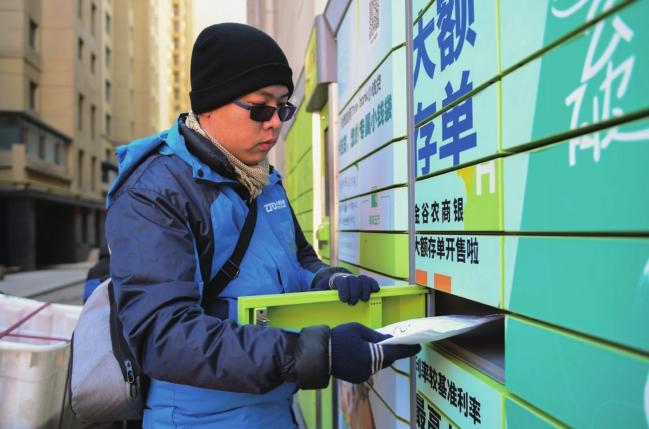The Reshuffling Express
2019-06-11ByMaMiaomiao
By Ma Miaomiao

Boosted by a booming e-commerce industry, the courier sector has seen fast growth over the past few years, with the number of handled parcels increasing by 10 billion on average in each of the past three years, according to the State Post Bureau (SPB). Figures from the National Bureau of Statistics showed that the industry handled a total of 50.71 billion parcels in 2018, up 26.6 percent from the previous year, while total revenue grew 21.8 percent year on year to 603.84 billion yuan ($88.8 billion).
As it matures and its market concentration ratio grows, the sector has entered a period of reshuffling. Six publicly listed players, such as ZTO Express and YTO Express, now control 73 percent of the market, up from 64 percent in 2016. Meanwhile, small and medium-sized companies are scrambling for a piece of the rest of the pie, while some have already been sifted out of the market.
A standstill
Beijing-based Rufengda Express Delivery Co. Ltd., a midsize courier, was the latest victim in the consolidation process with its recent shutdown after companies like Quanfeng Express and Kuaijie Express ceased operations last year.
Rufengda used to serve more than 3,000 cities in 31 provincial-level regions on the Chinese mainland with a daily parcel volume of 300,000, but now it is more than 70 million yuan ($10.13 million) in debt.
At its peak, Quanfeng Express had more than 5,000 branches across China with a daily volume as high as 1 million parcels, but the latest news was that its last 44 transport vehicles were auctioned off in Beijing.
Financial pressure has been the major reason for failure in the courier sector. In the past few years, there has been a vicious price war, with the revenue per parcel delivered drastically declining. Chen Meng, chief market value analyst at China Securities Finance Holding Co. Ltd., said small and medium-sized couriers that fail to manage costs with less fi nancial support are doomed to stagnate once they confront a broken chain of capital.
Most small and medium-sized players in the sector are based on franchise agreements. In the early stage of expansion, the advantages of quickly setting up a network, low costs and high effi ciency lead to easy profi ts. However, according to Yang Mengke, a research fellow with the China Society of Logistics (CSL), the franchise model also leads to several problems. For example, since each franchisee is responsible for its own profi ts and losses, different levels of service quality can develop and the effi ciency of delivery cannot be supervised by headquarters, damaging couriers credibility.
